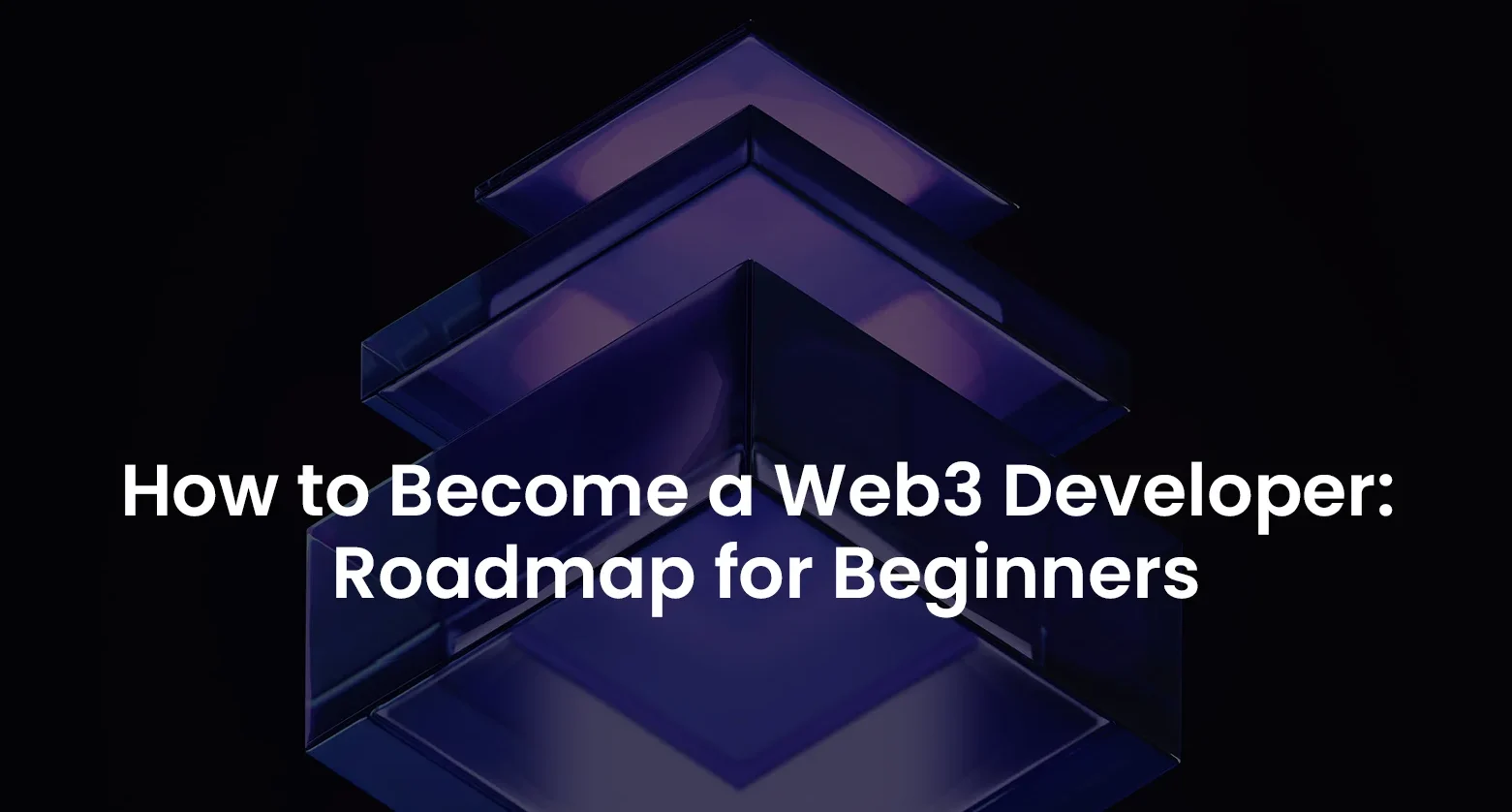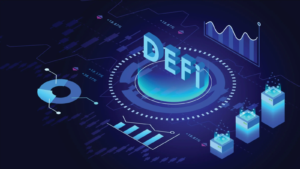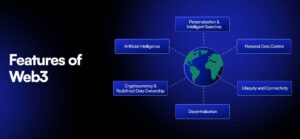As Web3 technology continues to evolve, developers are seeking to understand how to build decentralized applications (dApps) and interact with blockchain networks. This roadmap provides a structured approach to learning Web3 development, including flowcharts and a step-by-step guide.
Flowchart of the Learning Path
[Start]
|
V
[Understand Blockchain Basics]
|
V
[Learn Smart Contracts]
|
V
[Choose a Blockchain Platform]
|
V
[Set Up Development Environment]
|
V
[Build Your First dApp]
|
V
[Explore Advanced Topics]
|
V
[Contribute to Open Source Projects]
|
V
[Stay Updated with Trends]
|
V
[End]
Step-by-Step Guide
Step 1: Understand Blockchain Basics
• Key Concepts: Familiarize yourself with fundamental concepts such as decentralization, consensus mechanisms, and the blockchain architecture.
• Resources:
• Books: “Mastering Bitcoin” by Andreas Antonopoulos
• Online Courses: Coursera’s “Blockchain Basics”Step 2: Learn Smart Contracts
• Overview: Smart contracts are self-executing contracts with the terms directly written into code. They automate processes on the blockchain.
• Languages: Start with Solidity for Ethereum-based smart contracts.
• Resources:
• Tutorials: CryptoZombies.io (interactive Solidity tutorials)
• Documentation: Ethereum’s official Solidity documentationStep 3: Choose a Blockchain Platform
• Popular Choices:
• Ethereum: The most widely used platform for dApps.
• Solana: Known for high throughput and low fees.
• Polkadot: Focuses on interoperability between blockchains.
• Considerations: Evaluate the platform based on use case, community support, and development tools.Step 4: Set Up Your Development Environment
• Tools Required:
• Node.js: Install Node.js to manage packages.
• Truffle or Hardhat: Use these frameworks for smart contract development.
• Ganache: A personal Ethereum blockchain for testing.
• Setup Steps:
1. Install Node.js from Node.js official site.
2. Install Truffle: npm install -g truffle.
3. Install Ganache: Download from Ganache.Step 5: Build Your First dApp
• Steps to Create a dApp:
1. Create a new Truffle project: truffle init.
2. Write a simple smart contract (e.g., a token contract).
3. Deploy the contract to Ganache.
4. Create a front-end using React or another framework.
5. Connect the front-end to the smart contract using Web3.js or Ethers.js.
• Resources:
• Tutorials: “Build a Simple Ethereum dApp” (available on Medium or Dev.to)Step 6: Explore Advanced Topics
• Areas to Explore:
• DeFi: Understand decentralized finance concepts and protocols.
• NFTs: Learn about non-fungible tokens and how to create them.
• Interoperability: Study cross-chain communication and tools like Polkadot and Cosmos.
• Resources:
• Courses: Udacity’s “Blockchain Developer Nanodegree”Step 7: Contribute to Open Source Projects
• Benefits: Contributing helps solidify your knowledge and builds your portfolio.
• Platforms to Explore:
• GitHub: Look for Web3-related projects.
• Join communities like Ethereum, Solana, or Polkadot on Discord or Telegram.Step 8: Stay Updated with Trends
• Keep Learning: The Web3 space is rapidly evolving, so stay informed about new developments.
• Resources:
• Follow blogs, podcasts, and newsletters related to blockchain and Web3.
• Participate in hackathons and workshops.Conclusion
By following this roadmap, you can systematically build your skills in Web3 development. Each step builds on the previous one, allowing you to develop a strong foundation in blockchain technology and decentralized applications. Remember, the journey may be challenging, but the rewards in this innovative field are well worth the effort.
Disclaimer: This content is for informational purposes only and should not be considered financial or investment advice. Always conduct your research before engaging in any projects or technologies. Proceed at your own risk.




